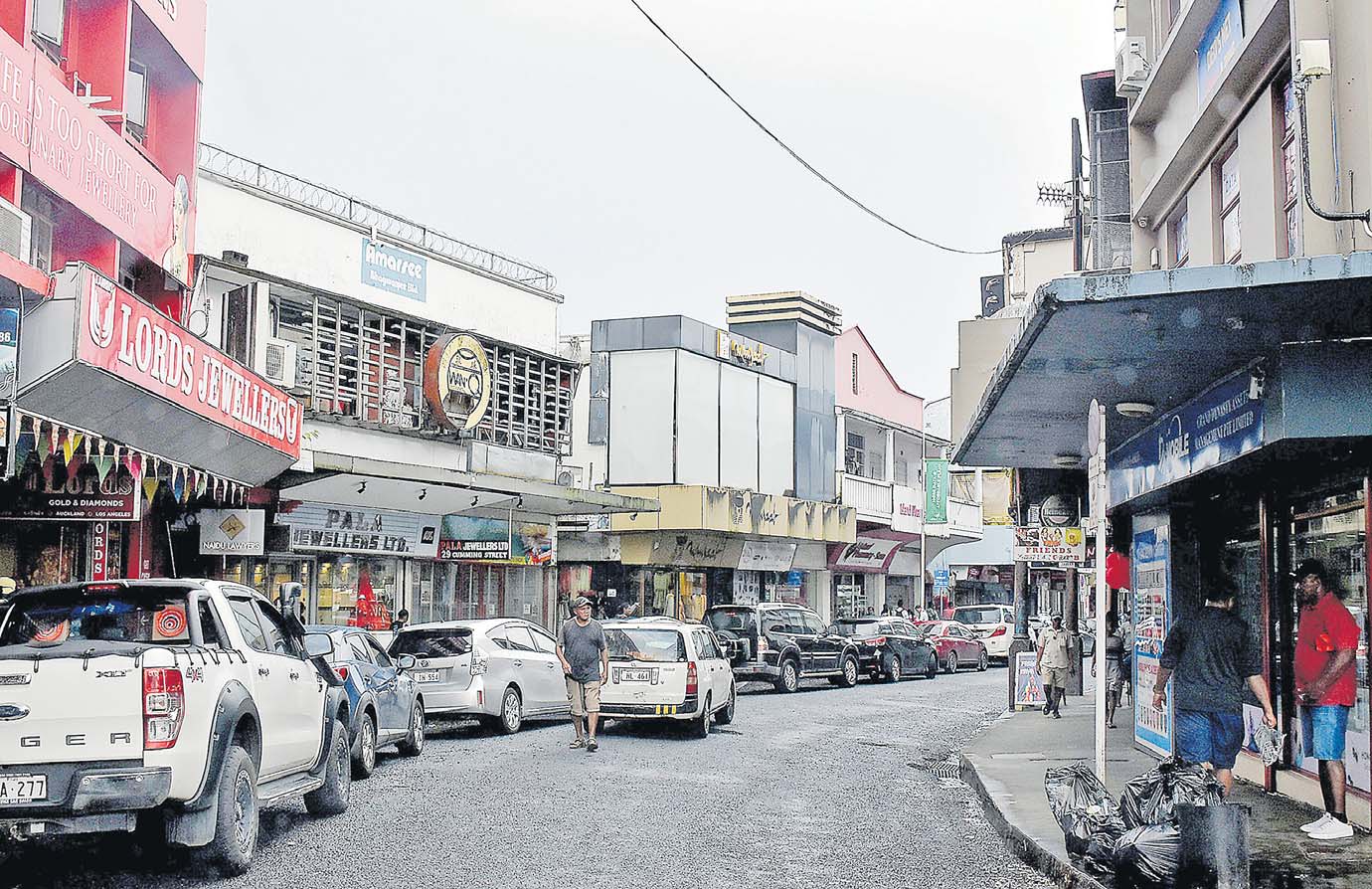Today, Cumming St, Suva, is considered the trading epicenter of the Capital City’s central business district area. But how did the bustling thoroughfare get its name and who was it named after.
The answer is found in history. Famous travel writer Constance Frederica Gordon-Cumming visited Fiji in 1875. She arrived on a sailing ship in the company of her uncle Sir Arthur and Lady Gordon, their children, Capt Knollys, and Mr LE Hunte.
Although they have long departed, they continue to live on in the street names that zigzag through the former colonial outpost. Development on Cumming St began in the early 1900s.
Businesses like Marks, Walter Horne, Brown and Joske, and Sturt, Ogilvie and Company were the main firms that dominated the commercial scene at the turn of the century and far after.
For some, their successors continue in operation. They are located on the opposite side of Renwick Rd from where commercial expansions were already taking place, as well as the area between Thomson St and Renwick Rd.
Except for a small portion owned by the Jacks family, the land on the north end of Cumming St, Marks St and slightly beyond was owned by the Marks family.
The Marks were actively developing the area, particularly in the early 1920s following the fire that destroyed most of Cumming St in 1922.
Following the blaze, the Suva Fire Brigade was reorganised and the building regulations were updated to include a clause mandating that all buildings in what was known as the ‘inner area’ to be entirely made of stone, brick, or concrete.
The Suva market also occupied the street for more than 20 years before it was relocated to Edinburgh Drive on the outskirts of the town and close to the wharf area, next to the bus station.
With its boatyard sheds, kava shops, hot beer saloons, and skittle lanes, Cumming St initially acquired a reputation as a “back” waterfront street.
It later transformed into a street lined primarily with small retail stores, barbershops, cafes, tailoring and drapery businesses, and smaller general merchants in the late 1920s. One may argue that Cumming St was where the tourist industry began.
Navy and military personnel were also stationed there from 1942 to 1946 and they were the first “tourists”.
They purchased items made of tortoise shell, filigree jewelry, and ivory goods from the Cumming St merchants.
When they left, they were replaced by the real tourists who started arriving in earnest by sea in the 1950s.
Many of the Cumming St duty-free merchants were initially antique and curios vendors.
When several tourism-related commodities were taken off the list of imports subject to duties in the 1960s, the tourist trade really began to take off.
The administration initially regretted adding a section for curio vendors to the new market, but they soon realised that the new wharf location put Cumming St and its duty-free stores directly in the path of travelers making their way to the town center.
In the 1960s, the government eliminated its import taxes on a wide range of electrical equipment and traders took advantage of the move.
Cumming St is still lined with businesses that sell everything from apparel and fabric to cosmetics.
But unlike decades ago, it is no longer the hotspot for duty-free shopping that it once was.



